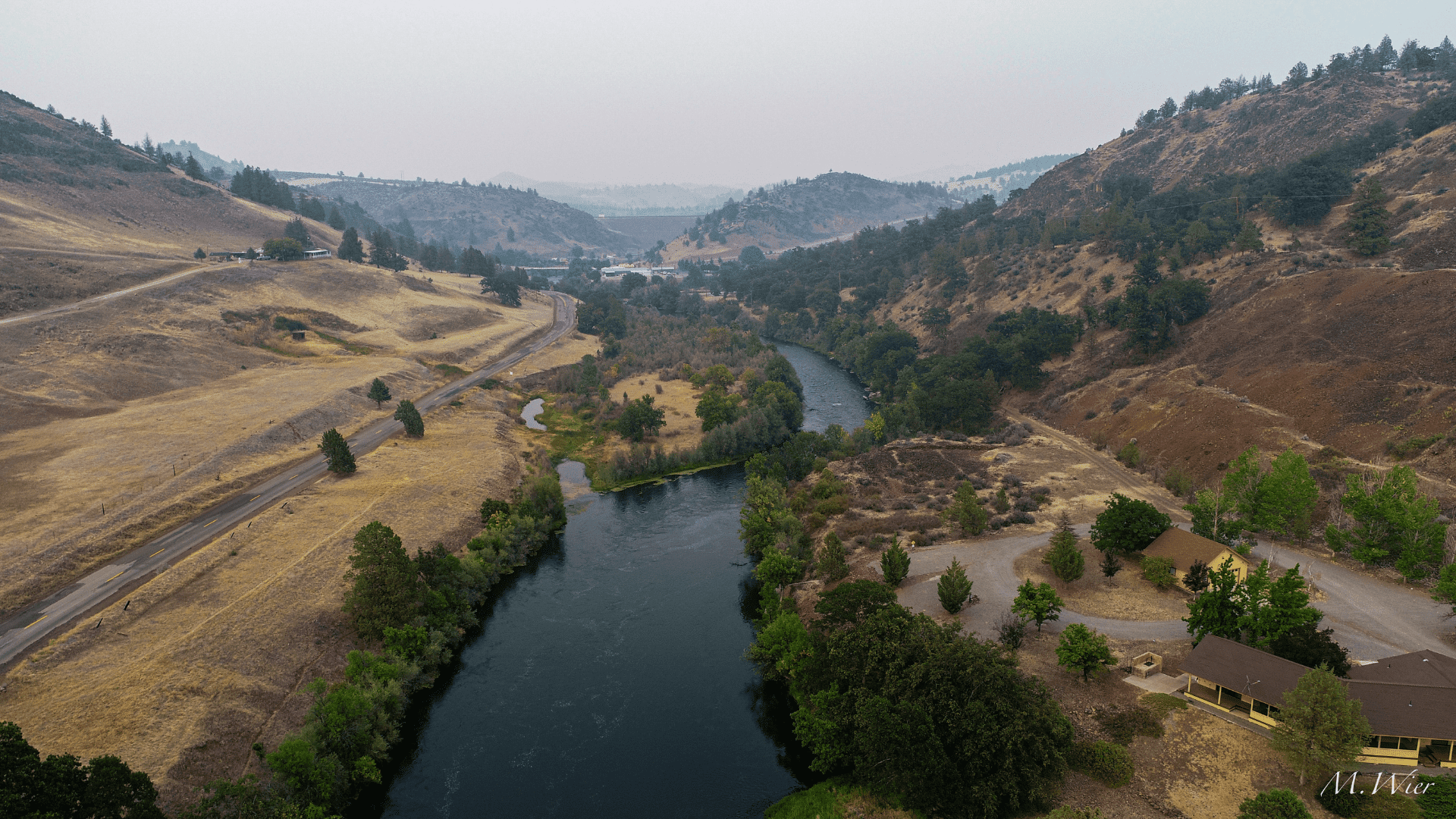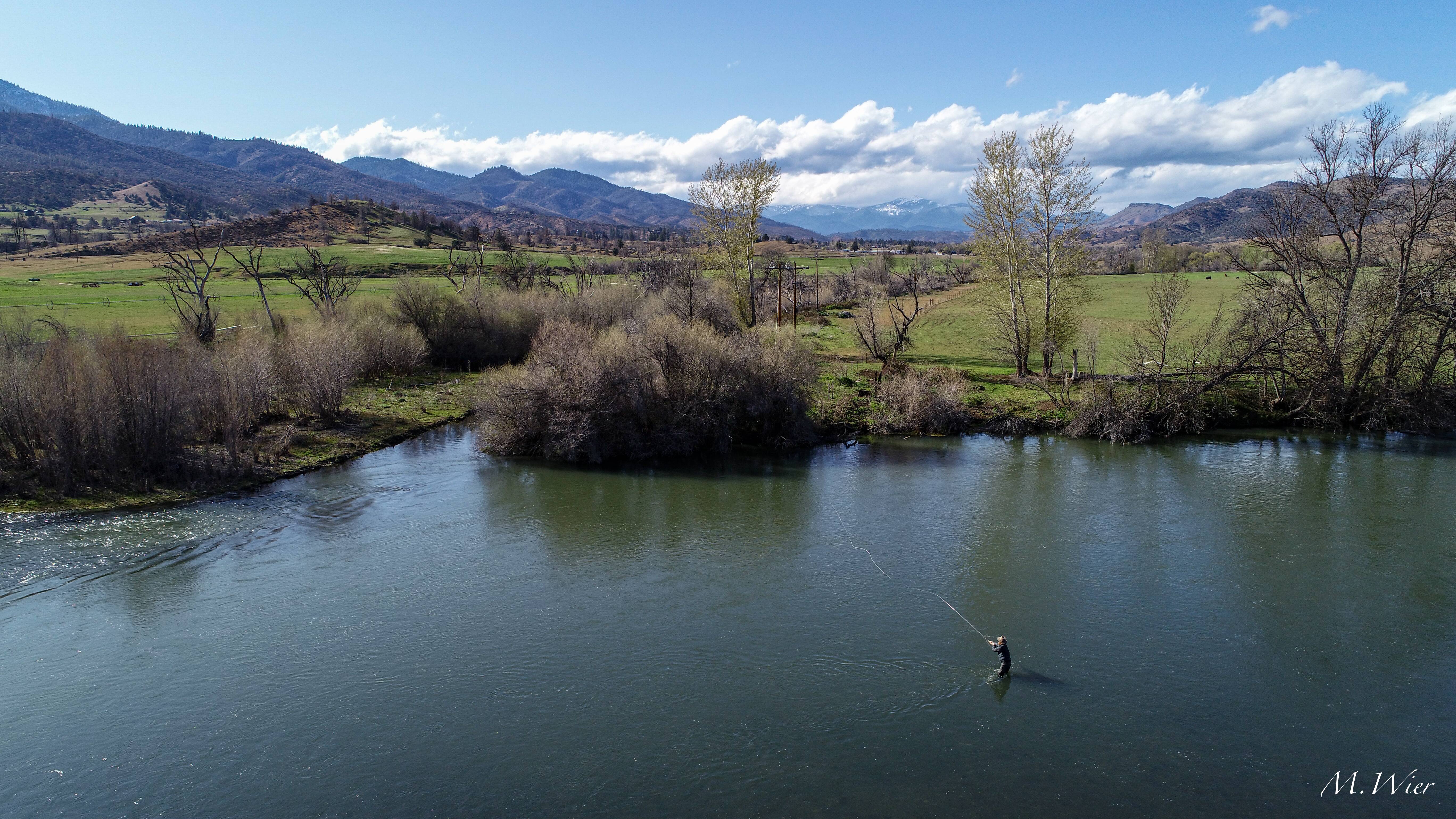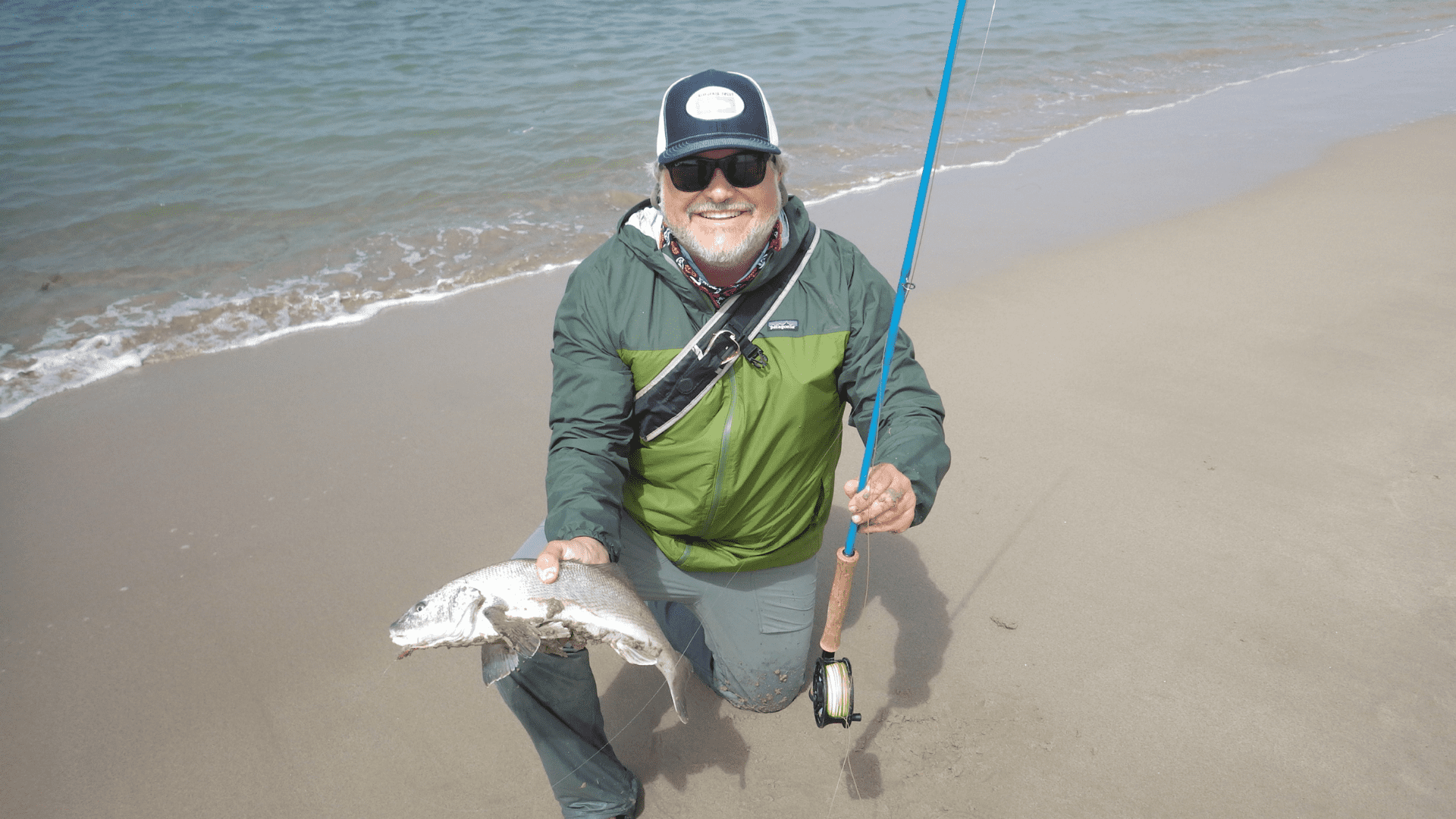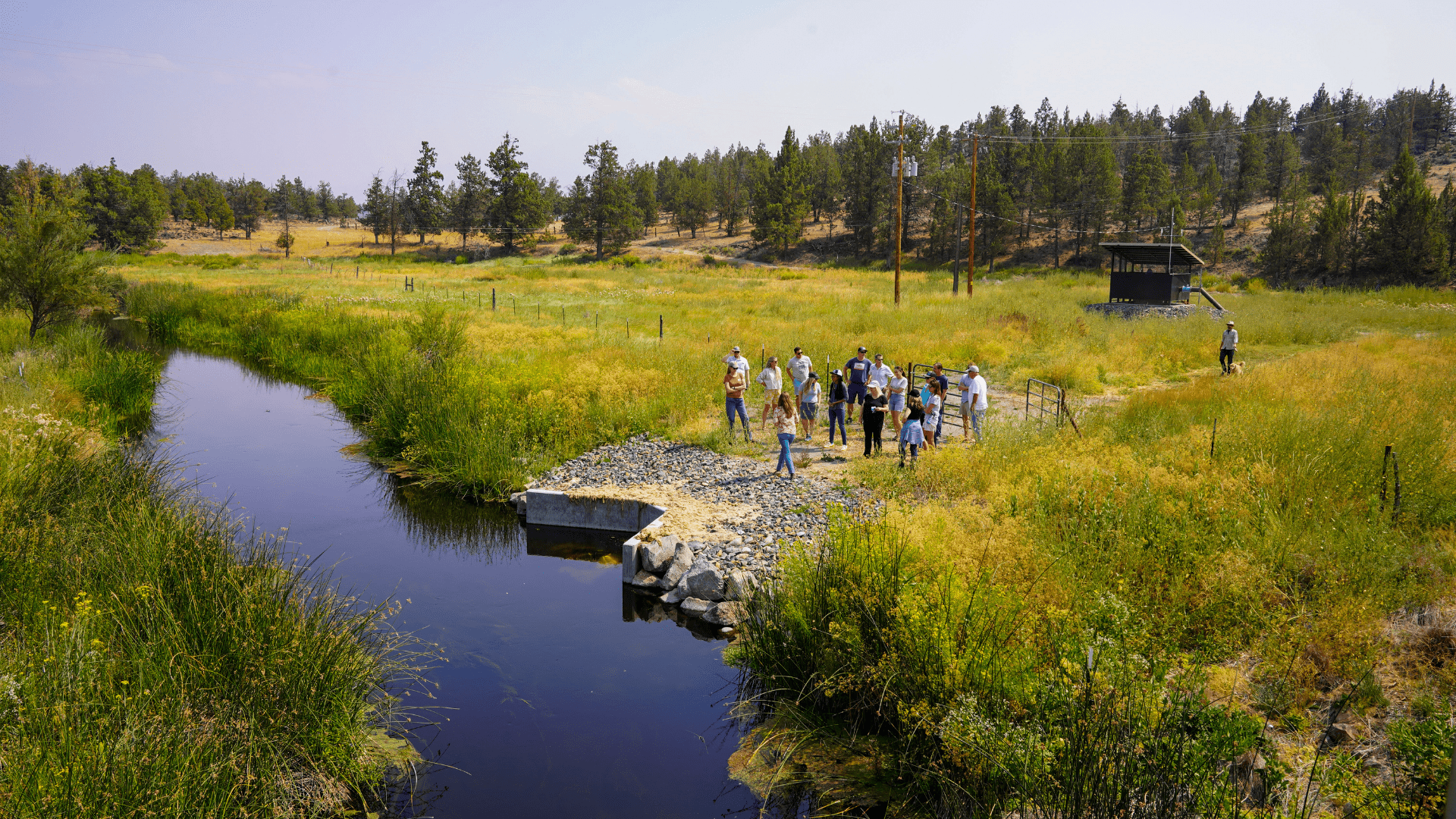Soon the upper Klamath River will change forever, again. As you probably already know, the four mainstem dams on the Klamath River are slated to be removed. This will be the largest river restoration project in history. No one knows exactly how the river will respond in the short term, but I think just about everybody can agree that the long-term benefits will be numerous. One thing is for sure, the area that is most well-known on the Klamath is the area that will also most likely experience the greatest amount of change right away. This stretch is what I consider the upper Klamath even though it’s really the middle of the Klamath river system. I’m talking from Happy Camp to Iron Gate dam. I call this the upper Klamath because it’s the upper most reach that salmon and steelhead can currently reach.
This stretch of river is popular because it’s accessible right off Interstate 5. It’s a half hour from Mount Shasta, California and a half hour from Ashland, Oregon. From the 5 freeway, anglers can travel up and down in both directions easily. Along the Klamath River up here, there is a lot of water that is easily accessible to anglers, boaters, campers, and wildlife enthusiasts. Both Highway 96 and Hornbrook Road provide many places for anglers to pull over and easily access the river. There is also multiple put-ins and take-outs for fun and easy float trips.
Cover Photo: Michael Wier


Iron Gate Dam
Iron Gate dam is currently the end of the line for Klamath River salmon and steelhead. There is also a hatchery operation just below the dam that releases salmon and steelhead into the river as mitigation for the loss of habitat above. As you can imagine, the stretch just below the dam gets stacked up with salmon and steelhead in the prime months of the runs. This fact alone draws many anglers from far and wide to try their hand at catching a legendary Klamath River steelhead.
Unfortunately, just below the dam is also some of the poorest water quality on the river. Iron Gate reservoir gets very warm in the summer and experiences horrific algae blooms. Later in the year, once it cools down, the water quality improves some. Luckily, this is just in time for the steelhead and salmon runs. I could write an entire separate article just about water quality issues in the Klamath and throughout the basin. For the sake of this article though, I will focus on how it relates to the fishing.
Background Photo: Michael Wier
Poor Water Quality Affects Fish
In the heat of the summer, the water in the upper Klamath is basically terrible for the fish. And for a lot of times too, the water quality is still very poor and temperatures are too high when the fall run of Chinook salmon begin to return to the river. Some years it has even become lethal for salmon. However, as it cools down in the late fall and early winter, the quality improves a bit for the steelhead run. The only upside is that because the water is green and off-color coming out of the reservoir, it can help maintain the fishing popularity. It’s not the beautiful, emerald steelhead green like you see on the Eel or the Smith, but more of a darker green off-colored water that provides cover for anglers and helps make it a great fishery at times. Fish feel more comfortable in the colored water then they do in super clear water and the bite can be good as a result.
This year the upper Klamath stretch had a banner run of steelhead. Even though numbers were down on most coastal systems, the Klamath is it’s own separate beast. There are many factors that contributed to the quality run this year. I believe one of the main factors contributing is the fact that these fish were the cohort reared in 2018. The years of 2016, '17, and '18 were great water years which broke the seven-year drought cycle previously. Because of the three years of high water flows, 2018 ended up being one of the best big fish years I can remember. I experienced some of the best angling across-the-board throughout California that year than I can remember in my adult life. The high water also provide great conditions for salmon and steelhead to spawn. Steelhead in the Klamath especially took advantage of those conditions. Here we are, four years later with those fish returning to the river now.
The upper Klamath is great water for both swing and nymph fishing. Fish average 16 to 25 inches and reflect more of the classic summer and fall run fish you see in the Trinity. There are also winter steelhead that come in January, February, and March. These guys are harder to catch and rarely seen up high, but can average above 10 pounds. The Klamath is also famous for its run of half pounders. This is a phenomenon where rainbows go to the estuary or ocean and only spend a couple months before returning back to the river. They are chrome, bright little mini versions of steelhead. Typically ranging 12 to 16 inches. They can be a lot of fun for anglers in-between catching adult steelhead. This past fall there were several reports of anglers catching 10-15 adults per outing! Great numbers for just about anywhere.

Right now, the upper Klamath has turned into one of those classic 'get it while you can' scenarios. With dam removal looming and conditions bound to change, many anglers have turned their attention to the upper Klamath knowing this will be the last few years on looking how it’s been for the past several decades. The hatchery will disappear and the bottleneck scenario that stacks fish up below the dam will also disappear. This fall may even be the last chance to experience this scenario if current dam removal project and timeline stay on track. Definitely worth a visit if you’ve never been or re-visit if you have in the past.














